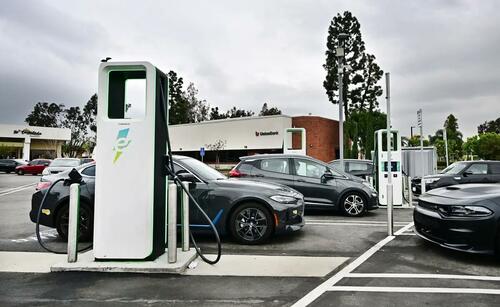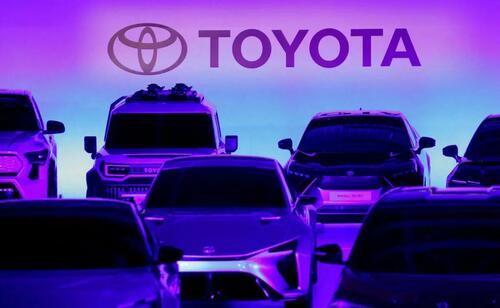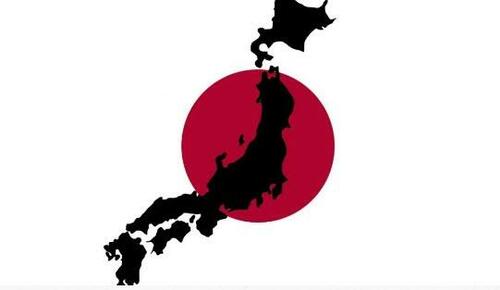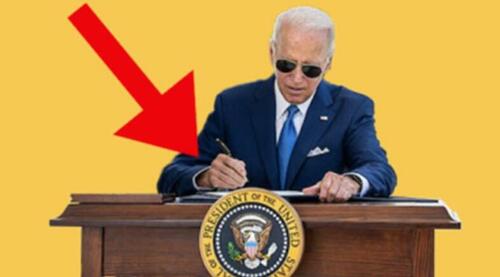How dare China and India interfere with the death wish of Europe?
Authored by Metal Miner via OilPrice.com,
The EU's carbon tax is criticized by China and India, who believe it acts as a new trade barrier and doesn't account for varying developmental phases.
China's steel association and India's commerce minister have both spoken out against the tax, with India suggesting it may implement a domestic equivalent to fund green energy transitions.
Both countries are taking steps to mitigate the potential impacts of the EU tax, including improved emissions reporting in China and a possible challenge to the WTO by India.
Both India and China continue to denigrate the Carbon Border Adjustment Mechanism (CBAM), or “carbon tax” as it has come to be known, proposed by the European Union. Meanwhile, the EU claims the new scheme is integral to its plan to achieve zero emissions across six earmarked industries.
The new tax regime recently moved into what some experts dub the “transition phase.” Starting on October 1, importers of commodities, including steel, into the EU need to report the carbon emissions of those products. Beginning in 2026, those importers will also be subject to fees. The EU aims to impose the new tax on countries with significant carbon emissions. And while the carbon tax’s stated aim is to put EU producers on an even keel with their counterparts elsewhere, it will also add to the cost of steel, aluminum, and other goods.
China’s View On the New Tax Remains Unchanged
China has been speaking out against the EU’s carbon tax for some time now. However, several days ago, the country’s state-backed steel association went so far as to dub the tax “a new trade barrier.” Meanwhile, news agency Reuters reported that the China Iron And Steel Association (CISA) wanted more talks with the EU on the issue.
According to the representative body, the new tax fails to take into account the different phases of development in different countries. It went on to say that the levy was against the principle of common but differentiated responsibilities. Indeed, some analysts predict that the carbon tax could raise the cost of steel products costs by anywhere from 4 to 6 %, if not more. This would be sufficient enough to render Chinese exports nonviable.
India Also Disapproves of the Carbon Tax
Like its neighbor, India also disapproves of the new EU tax, claiming that it would hurt its exports. Commerce and Industry Minister Piyush Goyal recently stated that the tax was “ill-conceived,” adding that the EU would realize this in the coming days and have to drop the idea entirely. Already, there have been meetings between the various trade bodies, manufacturers, and the government regarding the tax. As with China, India also pointed out how the CBAM fails to allot different values for different stages of production occurring in separate countries.
The Indian minister also stated that the government would find a solution, most likely a domestic tax equivalent to the European tax. They could then use this new revenue for the green energy transition. He pointed out that this solution would indirectly help Indian companies who export bring down their carbon footprint as they move on to cleaner energy production. Eventually, there would be no need for a CBAM.
While India may be mulling a domestic tax to get around the problem, China continues to hint at imposing similar trade protection measures to safeguard the interests of its own domestic producers. Either way, the new regime will likely usher in a new period of uncertainty, friction, and risks across the sector.
India and China Alternating Between Proactive and Reactive Measures
Both countries hope that the EU will re-visit the tax and possibly do away with it entirely. At the very least, they hope the organization will carefully reconsider the costs and operational challenges for downstream consumers due to the change in the import structure. At one point, India even threatened to move the World Trade Organization over the carbon tax.
That said, China’s environment ministry recently directed its large industrial polluters to step up on their emissions reporting. According to Bloomberg, this was to prepare the industry for the carbon tax. To remain compliant, producers across seven sectors, including steel and aluminum, that release over 26,000 tons of CO2 annually have to verify their 2022 data by December this year.
Conversely, India continues to question the logic of pricing carbon at the same level in India as in Europe. However, the government remains hopeful that if they can tax locally and put that revenue toward the green energy transition, they can negate any noncompetitive edge in Indian exports to Europe.








